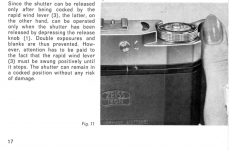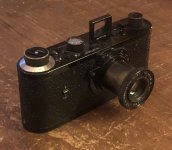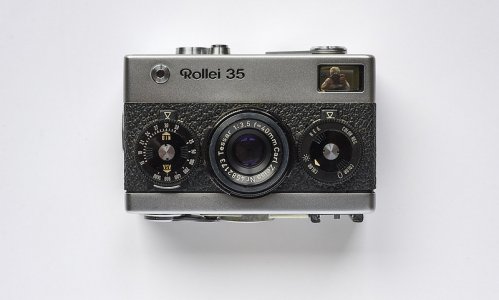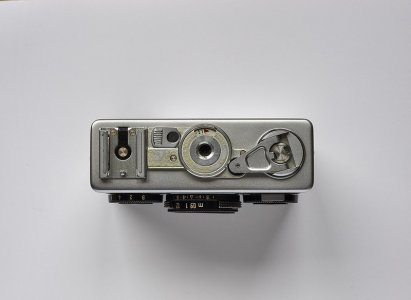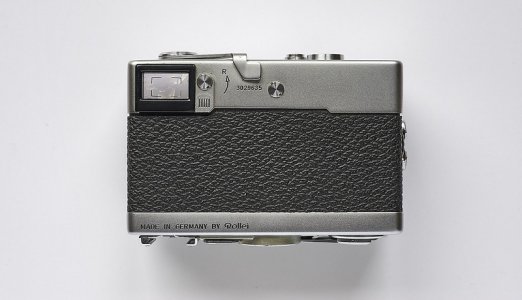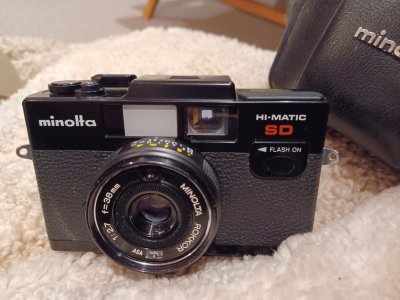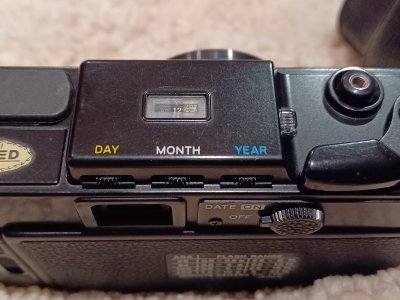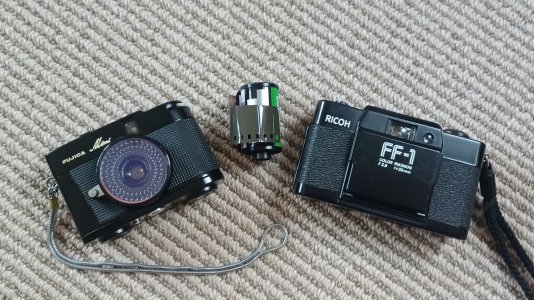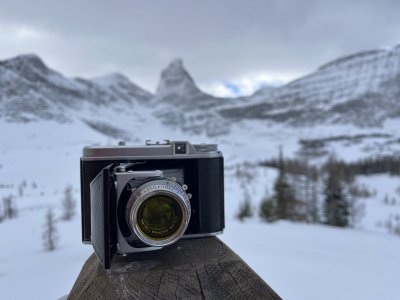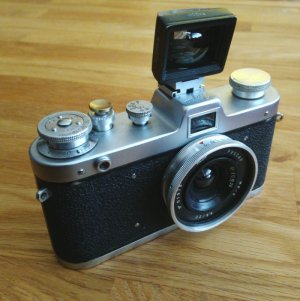raydm6
Yay! Cameras! 🙈🙉🙊┌( ಠ_ಠ)┘ [◉"]
Gives access to adjust the rangefinder. A plug of sorts.
Great! Thank you fireblade. I'm confused though: my camera just has a viewfinder - no rangefinder - unless the top-plate is common to other models with a rangefinder and is shared with the Contina-matics?
That button is a curiosity and mystery. I have it on several other cameras and there is nothing to its function to be found in manuals - although it appears in image views.
Attachments
raydm6
Yay! Cameras! 🙈🙉🙊┌( ಠ_ಠ)┘ [◉"]
Ok, mystery kind of solved: I was able to unscrew the button with my fingernails. It uncovers an access hole (cover and washer) for a tiny slotted adjustment screw. I am guessing maybe to null the internal meter for calibration/adjustment?
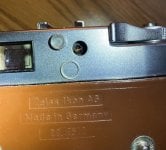
My Contessa has a similar "exposed" small slotted screw right below the meter area. I am guessing the same? You can see it to the right. Interesting.
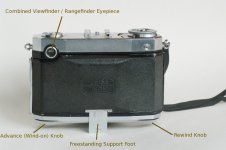

My Contessa has a similar "exposed" small slotted screw right below the meter area. I am guessing the same? You can see it to the right. Interesting.

Muggins
Junk magnet
How about the box the Barnacks live in?
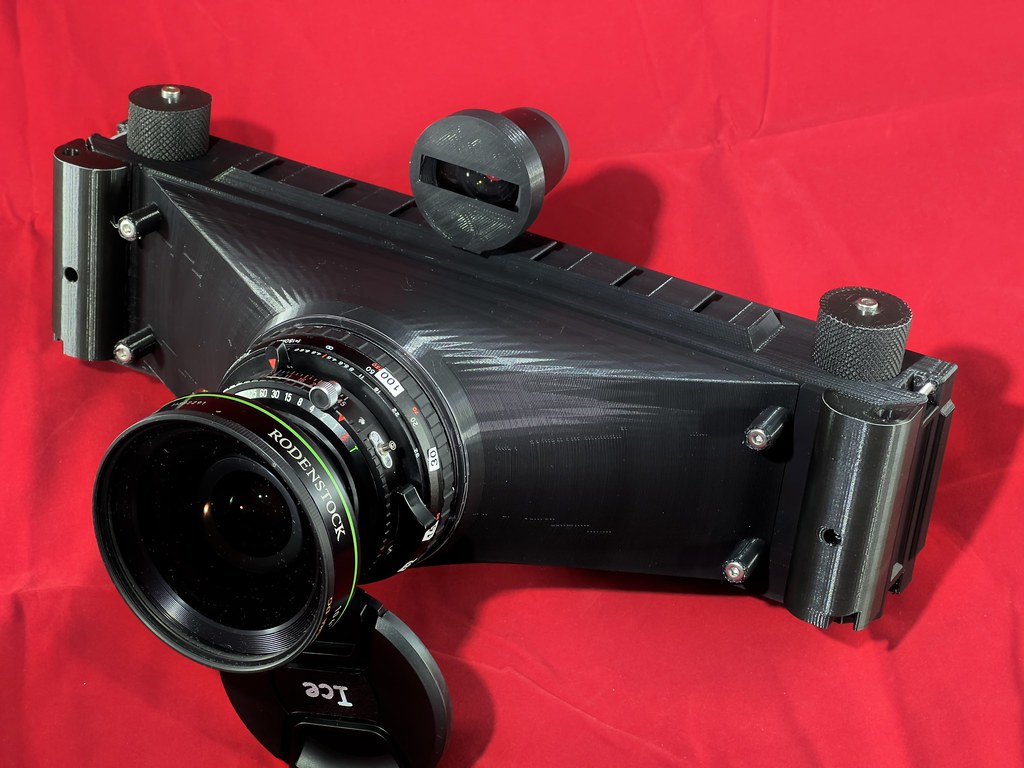
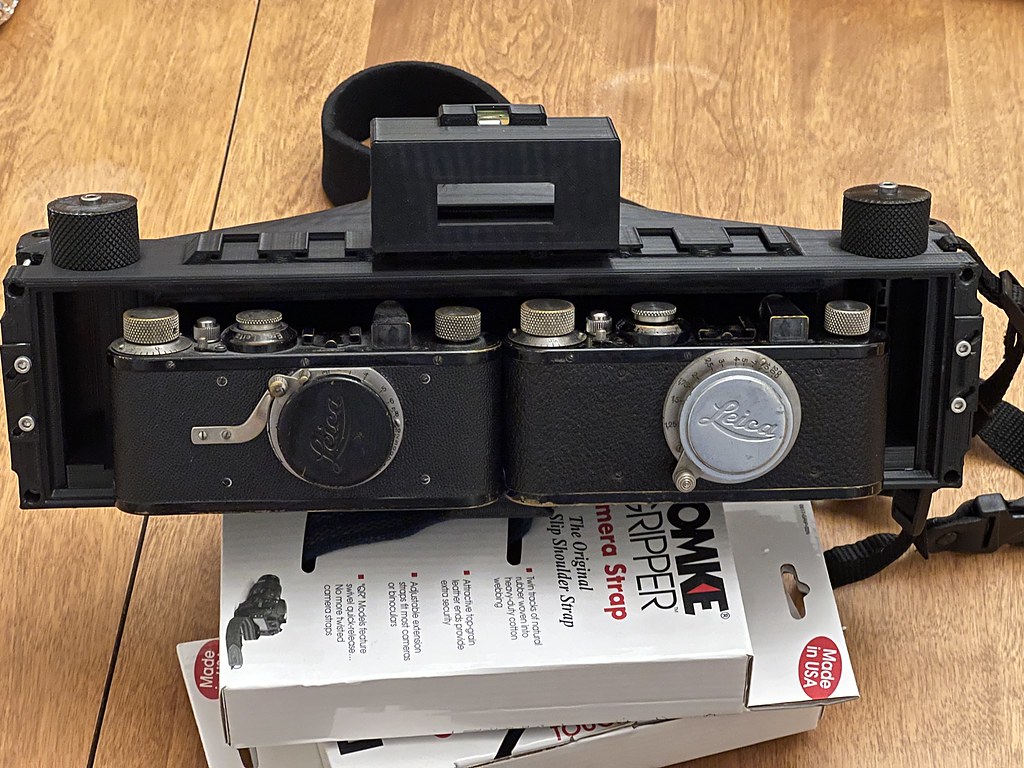
Shawn
Brilliant! Love that!
shawn
Mentor
Now Shawn, that's quite a bold scale focus lightbox! What's the displacement?

6x24, 3 shots per roll.
Shawn
WJJ3
Well-known
6x24, 3 shots per roll.
Shawn
Wow! That's some negative real estate
Ambro51
Collector/Photographer
ChrisLivsey
Mentor
Recently acquired in lovely condition.
The received wisdom I understand is:1968: From #3,029,230 the rewind bearing is made of black organic polymer. V-shaped lock on camera back.
This camera has a serial of 3029635 and still has the original shaped lock and metal rewind bearing. This pushes out the change point by a few hundred cameras.
The Zeiss lens serial is correct for 1968.
Added following conversations with Ferdi Stutterheim of <a href="Rollei 35 User’s Site." rel="noreferrer nofollow">rollei35.eu</a> on the "hard" serial number cut off for the change and reproduced with his permission:
The way the cameras were produced makes that (the precise serial number) rather difficult. I have visited the Brunswick (Braunschweig) factory on several occasions in the 1980s. The production process was more like a craft than industrial. Imagine 5 rows of twinned desks with a transport belt running between the twinned desks along the 5 rows. On each desk a number of parts are built on to a camera body. Then on the belt to the next desk. Etc. They produced only a small number of cameras each day. When I was around 20 TLRs per day. At the start of production the technicians check their stock of parts and when necessary they grab a hand-full to supplement their stock. That includes the top covers with pre-printed serial numbers. These were not stored in sequential order. The numbers were printed by a machine on the covers by the hundreds and dropped into a basket. All in all it is quite possible that a technician had ample stock of metal bearings but needed top covers (with higher numbers) than his colleague who needed more bearings and ended up with black ones but had enough top covers (with lower numbers). Needles to say that finished cameras did not pass final inspection sequentially numbered and there probably was not a hard transition from metal to black bearings.
The received wisdom I understand is:1968: From #3,029,230 the rewind bearing is made of black organic polymer. V-shaped lock on camera back.
This camera has a serial of 3029635 and still has the original shaped lock and metal rewind bearing. This pushes out the change point by a few hundred cameras.
The Zeiss lens serial is correct for 1968.
Added following conversations with Ferdi Stutterheim of <a href="Rollei 35 User’s Site." rel="noreferrer nofollow">rollei35.eu</a> on the "hard" serial number cut off for the change and reproduced with his permission:
The way the cameras were produced makes that (the precise serial number) rather difficult. I have visited the Brunswick (Braunschweig) factory on several occasions in the 1980s. The production process was more like a craft than industrial. Imagine 5 rows of twinned desks with a transport belt running between the twinned desks along the 5 rows. On each desk a number of parts are built on to a camera body. Then on the belt to the next desk. Etc. They produced only a small number of cameras each day. When I was around 20 TLRs per day. At the start of production the technicians check their stock of parts and when necessary they grab a hand-full to supplement their stock. That includes the top covers with pre-printed serial numbers. These were not stored in sequential order. The numbers were printed by a machine on the covers by the hundreds and dropped into a basket. All in all it is quite possible that a technician had ample stock of metal bearings but needed top covers (with higher numbers) than his colleague who needed more bearings and ended up with black ones but had enough top covers (with lower numbers). Needles to say that finished cameras did not pass final inspection sequentially numbered and there probably was not a hard transition from metal to black bearings.
Attachments
largedrink
Down Under
largedrink
Down Under
Deardorff38
Mentor
Godfrey
somewhat colored
The Voigtländer Perkeo II is just about my favorite MF folder.. so compact, so well made, and such a fine lens!
Kai-san
Filmwaster
Share:
-
This site uses cookies to help personalise content, tailor your experience and to keep you logged in if you register.
By continuing to use this site, you are consenting to our use of cookies.


